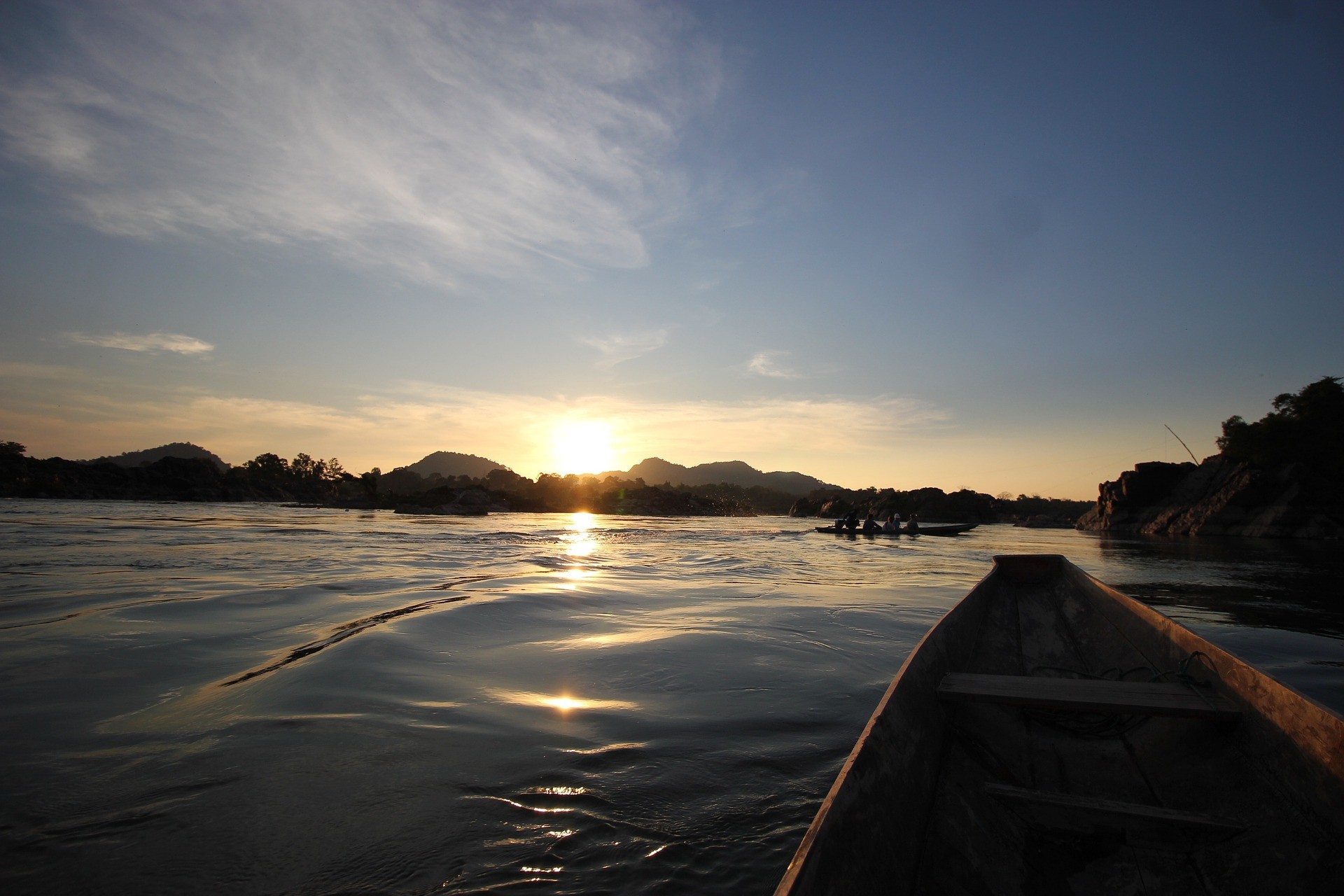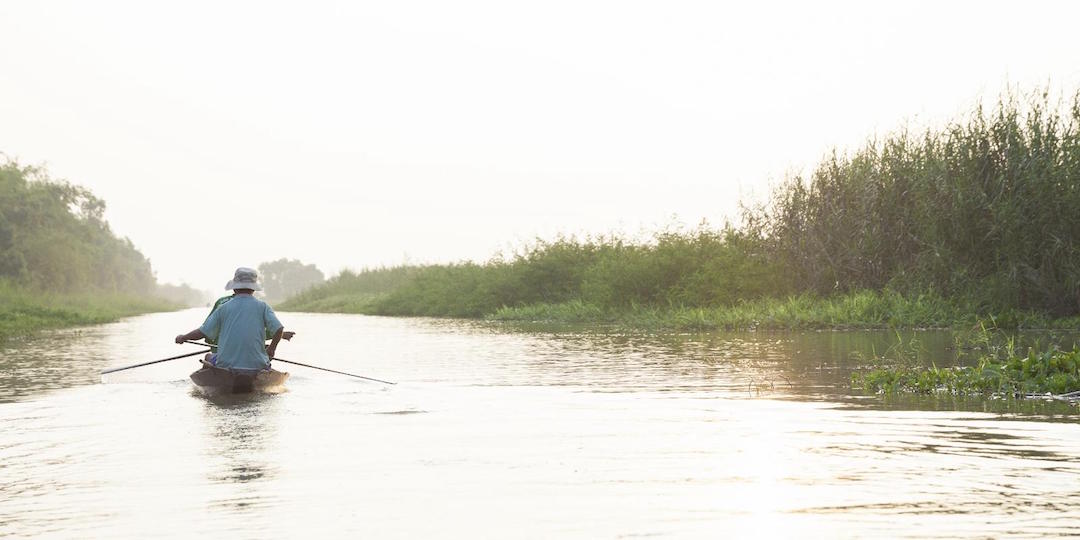On January 4, 2017, the Forum for Development Studies published a new article by Kanokwan Manorom, Ian Baird and Bruce Shoemaker titled, “The World Bank, Hydropower-based Poverty Alleviation and Indigenous Peoples: On-the-Ground Realities in the Xe Bang Fai River Basin of Laos.” This article provides more detail on the project’s impacts following earlier articles on the situation along the Xe Bang Fai River published in 2015 by the same researcher team.
Tag: hydropower dams
The forest comes back, and so does the Central Highlands culture
Recently, the Central Highlands has been planned as the location for the largest hydroelectric center in the whole country. Along the major river systems of five regional provinces there are 11 large-scale hydropower plantsin operation, as well as 360 small and medium hydropower plants that have been planned and built. However, due to the impacts on the environment, local economy and society, some projects were suspended.
Darkness along the banks of “The river of light”
Hydropower development is always a trade-off between economic benefits and environmental issues. Human-beings’ intrusive intervention has been turning many rivers into dead flows. The fate of the 3S basin – the name of three rivers Sesan, Sekong and Srepok which run through the territories of Vietnam, Laos and Cambodia before joining the Great Mekong – are drastically threatened by hydropower dams.
Pak Beng – The Third Domino in The Series of Mainstream Dams on The Lower Mekong in Laos
On a visit to the Asian Institute of Technology AIT on 10-15-2012 to inspect the mockup of the Xayaburi Hydropower Dam, Mr. Viraphonh Viravong, Deputy Minister of Energy and Mines of Laos, the “brain” behind all development projects for hydropower dams in Laos asserted: “There is no question of Lao PDR not developing its hydropower potential. The only question is how to do it sustainably.”
Chipwe, Hsawlaw residents join anti-Myitsone chorus in Kachin State
Residents of Chipwe and Hsawlaw townships in Kachin State have joined growing calls for the government to scrap seven hydropower projects along the Ayeyarwady River, including the controversial Myitsone megadam in neighbouring Myitkyina township.
Kratie’s Tourist Boat Operators Worry Over Don Sahong Dam Impacts in Laos
Two commune chiefs and tourist boat operators in Kratie province have expressed their dissatisfaction over the construction of Don Sahong Dam, saying people’s living conditions will be getting worse while biodiversity – including rare fish species and dolphins in the lower Mekong River – are facing a threat of becoming extinct in the future if the Lao dam proceeds with its construction.
Cambodian Journalists Investigate Dam Impacts, Learn Reporting Skills and Plan for New Network
Twenty Cambodian journalists from six Mekong provinces and Phnom Penh attended a three-day workshop in Kratie province to learn how to better report on the costs and benefits of hydroelectric dams and other development on the Mekong River.
New Study: Excluding Women from EIA Worsens Social and Environmental Impacts
Mekong Partnership for the Environment The Government of Vietnam requires Environmental Impact Assessments (EIAs) for all large-scale infrastructure development projects and supports public participation in the EIA process. However, a new study shows that women and other marginalized people are often not engaged effectively in the EIA. Mekong Partnership for the Environment (MPE) supported the […]
MPE and Partners Help Dam-Affected Cambodians Build Skills to Engage in EIA Processes
Mekong Partnership for the Environment MPE supports work in communities affected by development projects because the success or failure of an Environmental Impact Assessment (EIA) depends on meaningful participation of all key stakeholders. USAID-funded Mekong Partnership for the Environment (MPE) in partnership with NGO Forum on Cambodia (NGOF) trained 21 CSO and community representatives at […]
Livelihoods in jeopardy as Vietnam’s Mekong Delta struggles with sediment loss
Duong Cong To checks the water of the Hau River next to his house and he is not happy at all.
“It’s too clean,” he says.
The 72-year-old has spent all his life by the river, one of two tributaries of the Mekong and the main source of alluvium for fish farms and plantations in southern Vietnam.
Over the past years he has noticed a significant change in the river: it keeps changing its color from a reddish brown to an ocean-like blue.
“The water should look red. Now it’s crystal clear like there’s nothing in there.”











